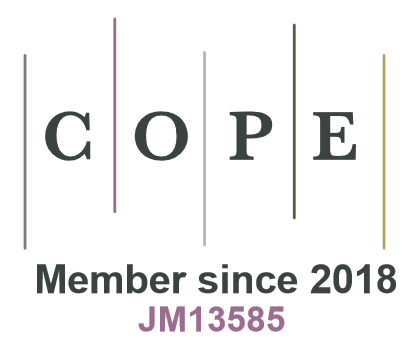Articles by Juha Hyyppä
Category : Research article
Evaluating the potential of a harvester-mounted LiDAR system in monitoring biodiversity indicators such as low vegetation during forest harvesting could enhance sustainable forest management and habitat conservation including dense forest areas for game. However, there is a lack of understanding on the capabilities and limitations of these systems to detect low vegetation characteristics. To address this knowledge gap, this study investigated the performance of a harvester-mounted LiDAR system for measuring low vegetation (height <5 m) attributes in a boreal forest in Finland, by comparing it with handheld mobile laser scanning (HMLS) and drone laser scanning (DLS) systems. LiDAR point cloud data was collected in September 2023 to quantify the low vegetation height (maximum, mean, and percentiles), volume (voxel-based and mean height-based) and cover (grid method). Depending on the system, LiDAR point cloud data was collected either before (HMLS and DLS), during (harvester LiDAR) or after (HMLS and DLS) harvesting operations. A total of 46 fixed-sized (5 m × 5 m) grid cells were studied and analyzed. Results showed harvester-mounted LiDAR provided consistent estimates with HMLS and DLS for maximum height, 99th height percentile, and volume across various grids (5 cm, 10 cm, 20 cm) and voxel (20 cm) sizes. High correlation was observed between the systems used for these attributes. This study demonstrated that harvester-mounted LiDAR is comparable to HMLS and DLS for assessing low vegetation height and volume. The findings could assist forest harvester operators in identifying potential low vegetation and dense areas for conservation and game management.
Category : Research note
There is growing interest in the use of Landsat data to enable forest monitoring over large areas. Free and open data access combined with high performance computing have enabled new approaches to Landsat data analysis that use the best observation for any given pixel to generate an annual, cloud-free, gap-free, surface reflectance image composite. Finland has a long history of incorporating Landsat data into its National Forest Inventory to produce forest information in the form of thematic maps and small area statistics on a variety of forest attributes. Herein we explore the spatial and temporal characteristics of the Landsat archive in the context of forest monitoring in Finland. The United States Geological Survey Landsat archive holds a total of 30 076 images (1972–2017) for 66 scenes (each 185 km by 185 km in size) representing the terrestrial area of Finland, of which 93.6% were acquired since 1984 with a spatial resolution of 30 m. Approximately 16.3% of the archived images have desired compositing characteristics (acquired within August 1 ±30 days, <70% cloud cover, 30 m spatial resolution). Data from the Landsat archive can augment forest monitoring efforts in Finland, provide new information for science and applications, and enable retrospective, systematic analyses to characterize the development of Finnish forests over the past three decades. The capacity to monitor trends based upon this multi-decadal record with the addition of new measurements is of benefit to multisource inventories and offers nationally comprehensive spatially-explicit datasets for a wide range of stakeholders and applications.



